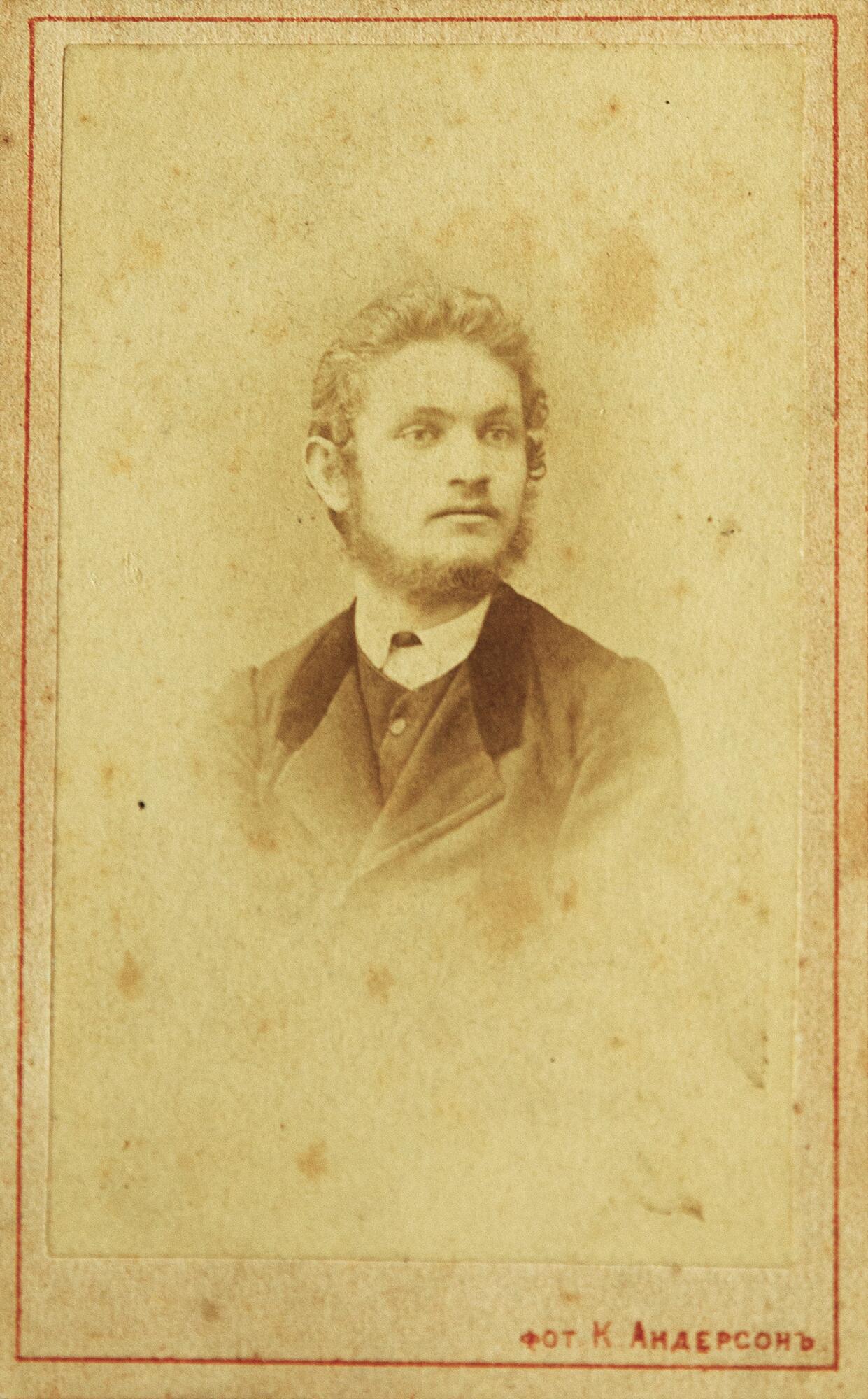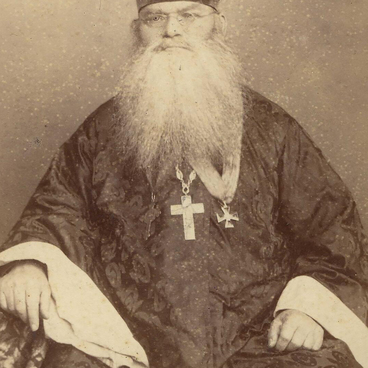The academician Ivan Petrovich Pavlov was the eldest child in the family. His brother Pyotr Petrovich was four years younger. Ever since childhood, he was fond of nature, animals, and later — hunting. Pyotr’s room in the Pavlov house in Ryazan is filled with elaborate stuffed animals and birds. Pyotr Pavlov sent his works to the Zoological Museum at the Imperial Saint Petersburg University, where he was listed as a curator.
With his exceptional intellectual curiosity and serious, sincere attitude to science, Pyotr Petrovich Pavlov stood out among other students. This was a common feature of the Pavlov children — they were taught discipline and diligence from childhood. Pyotr Pavlov’s first scientific paper, titled “Observations of the teeth of young sterlets”, was completed in 1876. It showed that Pyotr possessed all the necessary qualities to make a successful career as a naturalist and zoologist.
Coming to Ryazan for the holidays, Pyotr devoted all his free time to ornithological observations. In early December of 1877, he brought a manuscript to his teacher and mentor M. Bogdanov. The professor was impressed with the efficient and accurate observations, as well as the diligent manner of narration. The work had such valuable observations and facts that it seemed necessary to publish it. However, Pyotr Pavlov was too rigorous toward himself, so his work was printed in the “Trudy” journal of the Society of Naturalists only two years later, posthumously.
Pyotr Pavlov met a tragic end at the age of 24. In early December 1877, he came to Ryazan to spend time at home, see his family and go on a winter hunt. On December 29, he went hunting in the village of Danilovskaya, eight kilometers from Ryazan. Pyotr brought his 13-year-old brother Seryozha along with him. The hike was difficult, and the boy eventually got exhausted while climbing a hillock through deep snow. Pyotr, wanting to help his brother, took a gun from him; however, at the same time, the trigger touched the bag, and the entire charge of No. 9 shot hit Pyotr’s right side point-blank. Wounded, he reached the house and spent two days in torment, already past saving.
With his exceptional intellectual curiosity and serious, sincere attitude to science, Pyotr Petrovich Pavlov stood out among other students. This was a common feature of the Pavlov children — they were taught discipline and diligence from childhood. Pyotr Pavlov’s first scientific paper, titled “Observations of the teeth of young sterlets”, was completed in 1876. It showed that Pyotr possessed all the necessary qualities to make a successful career as a naturalist and zoologist.
Coming to Ryazan for the holidays, Pyotr devoted all his free time to ornithological observations. In early December of 1877, he brought a manuscript to his teacher and mentor M. Bogdanov. The professor was impressed with the efficient and accurate observations, as well as the diligent manner of narration. The work had such valuable observations and facts that it seemed necessary to publish it. However, Pyotr Pavlov was too rigorous toward himself, so his work was printed in the “Trudy” journal of the Society of Naturalists only two years later, posthumously.
Pyotr Pavlov met a tragic end at the age of 24. In early December 1877, he came to Ryazan to spend time at home, see his family and go on a winter hunt. On December 29, he went hunting in the village of Danilovskaya, eight kilometers from Ryazan. Pyotr brought his 13-year-old brother Seryozha along with him. The hike was difficult, and the boy eventually got exhausted while climbing a hillock through deep snow. Pyotr, wanting to help his brother, took a gun from him; however, at the same time, the trigger touched the bag, and the entire charge of No. 9 shot hit Pyotr’s right side point-blank. Wounded, he reached the house and spent two days in torment, already past saving.



